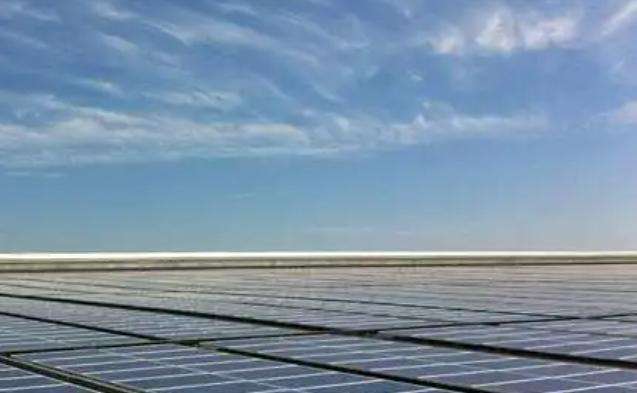Adjusting the tilt angle of solar panels: How to choose the best installation angle?
The solar panel is a device that converts light energy into electrical energy. It can be used in various occasions and environments. However, the mounting position and tilt setting of solar panels have a significant impact on their performance and efficiency. So, at what angle can solar panels be installed?
Generally speaking, the installation inclination of solar panels must be chosen according to the latitude and season of the location. This is because the sun has different angles in different seasons and latitudes, and the efficiency of solar panels in receiving light is also different. In regions of the northern hemisphere, solar panels should face south and be installed at a tilt angle between latitude plus 10 and 15 degrees. ByFor example, if it is located at 30 degrees north latitude, the tilt angle of the solar panels should be set between 40 and 45 degrees. In the southern hemisphere, it should be oriented north and at a position where the tilt angle is between 10 and 15 degrees lower latitude.
In addition to taking into account geographic location, the height at which solar panels are installed will also impact their efficiency. Normally, solar panels should be placed at least 10 to 15 centimeters from the ground to ensure they fully receive light. At the same time, solar panels should also be kept a certain distance from each other to avoid blocking or blocking light.
In short, the installation inclination of solar panels must be optimal depending on the geographical location and the season to fully exploit solar resources and improve their efficiency.During actual installation, it is necessary to carefully measure the inclination and height, and ensure that the receiving surface of the solar panel always faces the sun.
A huge source of natural energy in nature. The sun emits enormous energy in the form of electromagnetic radiation to surrounding areas. The total energy power radiated from the sun to the upper limit of the earth's atmosphere is 170,000 billion kilowatts. The atmosphere reflects 30% and absorbs 23%. The total energy power reaching land and ocean surfaces is 80 trillion kilowatts. The amount of solar energy on Earth is so enormous that it far exceeds all other forms of energy. The total amount of solar energy projected onto Earth in two weeks is equivalent to Earth's entire fossil fuel reserves. Solar energy output can last for hundreds of millibillions of years, it is therefore an inexhaustible source of natural energy. The use of solar energy can be divided into two forms: indirect use and direct use. So-called indirect use refers to solar energy that is fixed in plant fuels, fossil fuels, wind energy, hydropower and ocean energy, while direct use refers to the conversion direct from solar energy to thermal energy, electrical energy and marine energy. chemical energy. Technology that directly uses solar energy is widely used in heating, refrigeration, solar cookers, solar power generation, etc. Among the development and utilization of various new energy sources, it has the broadest prospects and the greatest significance.














